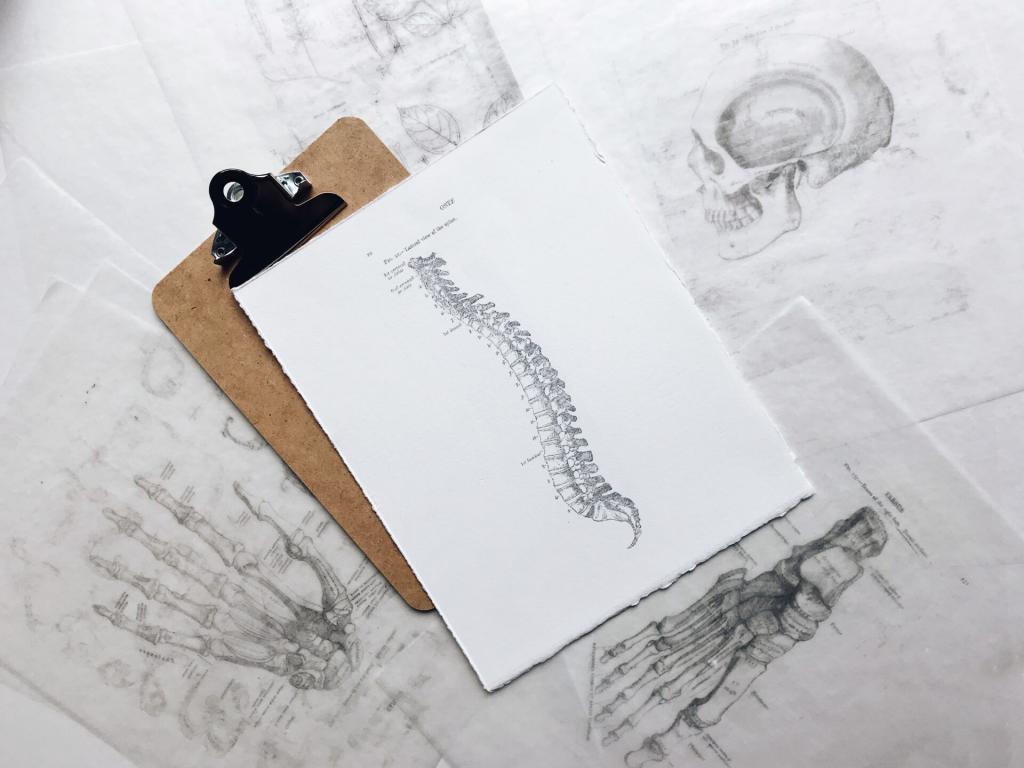Scoliosis is a sideways curvature of the spine. It can vary in severity from a slight abnormality to a disfiguring spine deformity that can affect how a person walks and breathes. In the early years, your child typically has a spine check during milestone health checks with your GP, Paediatrician or a CaFHS nurse. For older children, abnormal curves in the spine may be noticed by parents or children in the warmer months, when children are wearing swimwear.
How many children have scoliosis in Australia? 
Scoliosis is common, in fact it is the most common spinal deformity in children. About 1 in 15 Australian girls develop some scoliosis during their growing period between 9 to 14 years, usually a year before they start menstruating. Scoliosis is less common in boys, and commonly develops a year before puberty.
When does scoliosis develop?
The most common type of scoliosis, “adolescent idiopathic scoliosis” starts just before puberty. Idiopathic means that there is no known reason or cause for the condition. It is reassuring for parents to know that only about 3 in 1000 children have curves large enough to need treatment. In most cases the spinal curve is mild and does not need treatment.
Thoracic scoliosis is curvature in the thoracic (middle) area of the spine. It is the most common location for scoliosis curves, and often includes deformity of the rib cage and spine.
What should parents look for as the symptoms of scoliosis?
You should see a spinal specialist if you notice any unevenness in your child’s shoulders, shoulder blades, spine or pelvis. A paediatric spine specialist may arrange for an x-ray to be performed. If scoliosis is present, the doctor can measure the degree of curvature. Generally speaking, a curve more than 10º is considered to be scoliosis.
What if we do nothing?
It’s important for parents to know that scoliosis is not just a cosmetic problem. Scoliosis that remains untreated can get worse.
What can be done about straightening scoliosis?
Early diagnosis is key. Treatment for children with a spinal curve of less than 25º are treated without surgery, using a brace, physical therapy, and/or vitamin D supplements.
If a brace is deemed appropriate, it is important to wear the brace as recommended for full benefit. When a brace is needed, we custom fit your child with an external brace (a vest-like garment) to keep the scoliosis from getting worse and to maintain an upright spine. We choose the most effective brace that your child is most likely to wear as prescribed. Your child will be given instructions about how many hours per day to wear their brace. A brace must be worn every day until he or she stops growing. This will ensure the spine straightens adequately and will stay straight into adulthood.
What else can be done?
Physical therapy can help. To correct the curve, there are specific exercises and corrective breathing techniques a physical therapist can teach your child to develop the inner muscles of the rib cage and change the shape of the upper trunk.
If your child has a curve of 50º or more, surgery is usually necessary. There are a variety of different approaches depending on the age of your child. For younger children, growing rods are often used. “Tethering” of the vertebrae with screws and cords in the spine is a treatment option for somewhat older children who are still growing. An operation to fuse parts of the spine is the standard treatment for most adolescents and teenagers with a large curve.
Treatment outcomes
Children with scoliosis who receive treatment can live normal, active lives. Even children who have had scoliosis surgery can participate in many sports and activities with their friends.
The good news is scoliosis is treatable. There have never been better treatment options for children with scoliosis and the sooner you start, the less likely your child will need surgery and the better outcomes they will have.
Our GP suspects my child has scoliosis, what do I do next?
Orthopaedics SA provides a Children’s Private Scoliosis Service, in our North Adelaide and Parkside rooms. Patients benefit from four experienced Orthopaedic Surgeons working alongside each other to provide high standards of care. All of our Spinal Surgeons, A/Prof Peter Cundy, Prof Brian Freeman, Dr Yu Chao Lee and Dr Aaron Stevenson, have public appointments at the Women’s & Children’s Hospital and/or Royal Adelaide Hospital.
We are able to see patients within 1-2 weeks of GP referral. To make an appointment for our Children’s Private Scoliosis Service please contact 8267 8267.
